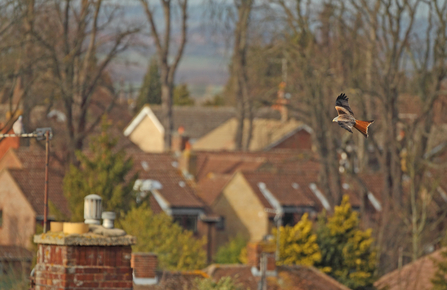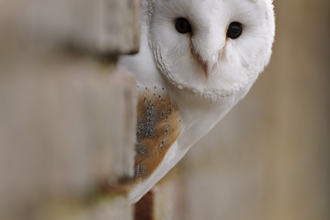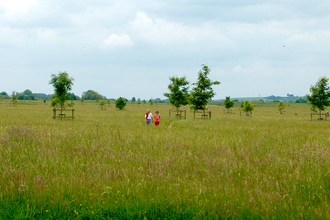The Government consultation into a new legal requirement which could make developers actively improve nature closed at the weekend. It is an attempt to help wildlife recover following the severe decline of over half our wild species in the last 50 years.
The new approach, known as ‘net gain,’ would ensure wildlife gets a better deal from new developments. It would mean that developers not only compensate and mitigate for any damage caused to the natural world, they would have to measurably add to it and improve it – by creating additional new nature-friendly spaces that enable bees, butterflies, and birds to recover and thrive.
We want to see nature put at the heart of new developments, so that new homes are great for both people and wildlife
The Wildlife Trusts want developers to:
- Avoid damaging wild places by locating new buildings in the least harmful place – they must not simply pay a tariff giving them a licence to destroy
- Mitigate any damage that they cause and compensate if they cannot
- Be legally required to deliver ambitious, measurable gains for wildlife which are 20% above such compensation; these gains must be secured and managed in perpetuity*
Dr Sue Young, Head of Land Use Planning and Ecological Networks at The Wildlife Trusts, says:
“The creation of local Nature Recovery Network maps will be critical to the success of net gain. These maps will show developers and decision makers where to avoid harm to the natural environment and where to actively contribute to its recovery by identifying the opportunities where we need to join-up fragmented places which are important for wild plants and animals. The Wildlife Trusts want these maps to be a legal requirement – the mechanism that will make net gain actually work.




